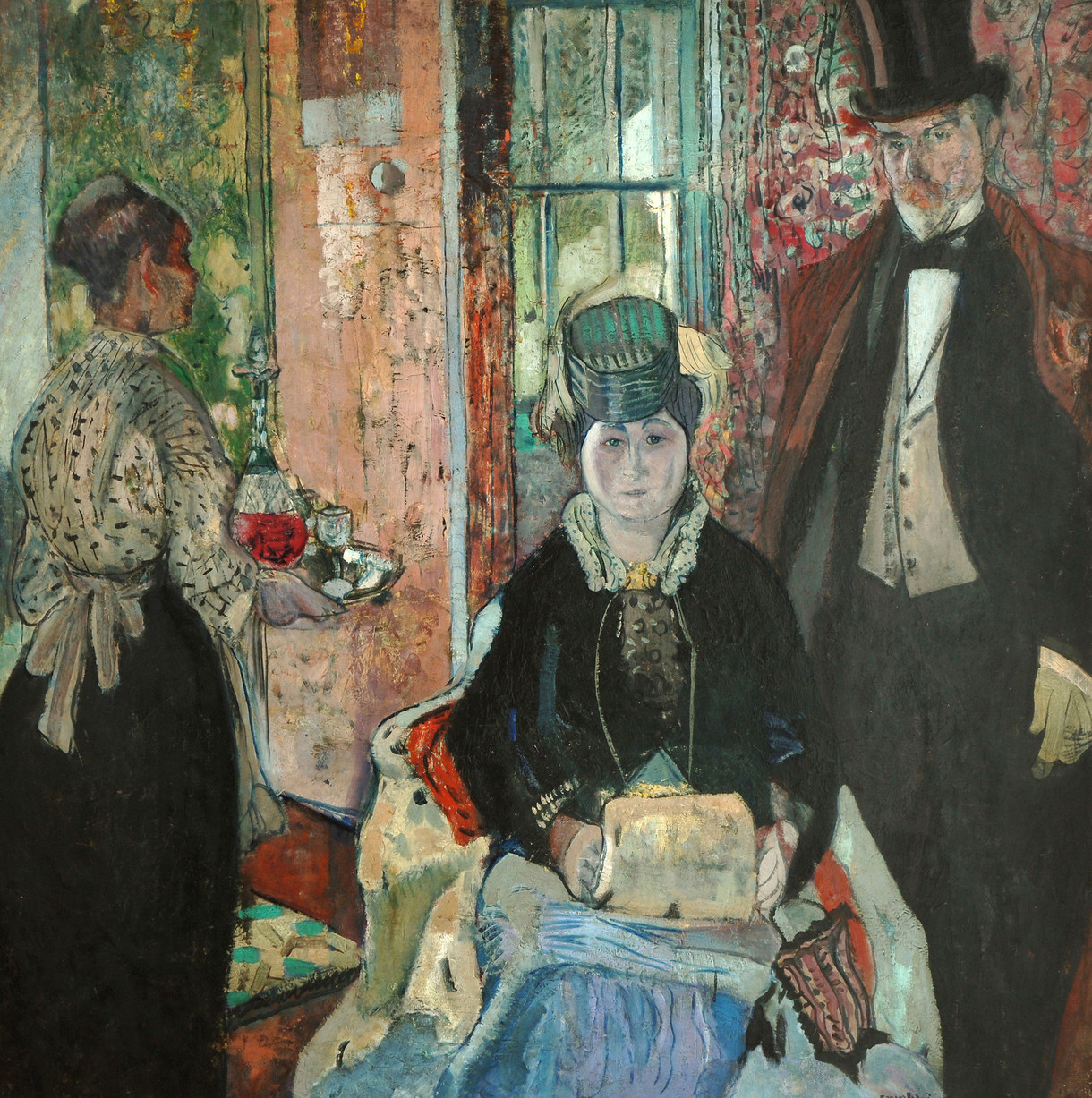Pleasure Garden subscribers
Pleasure Garden subscribers
Gallery Librarian Tim Jones discusses the list of subscribers who funded the acquisition of Pleasure Garden by Frances Hodgkins.
There are several people on this list whose identities remain a mystery. Watch the video and if you cen tell us who any of the unknown people are, please tell us, as we would love to give them their rightful place in this piece of Christchurch history.
Related reading: Covid-19
Collection
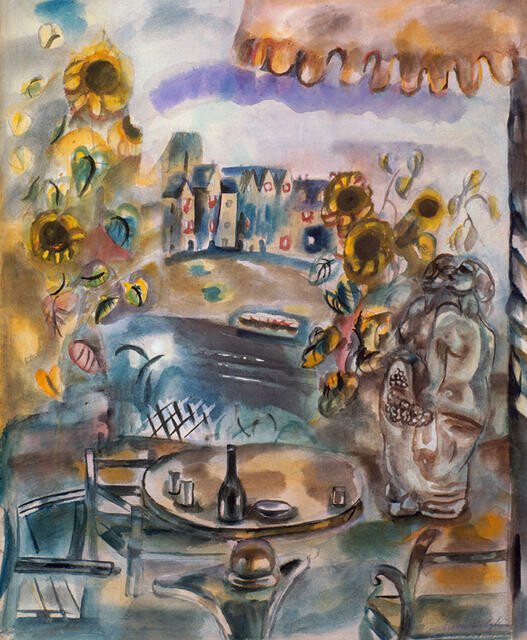
Frances Hodgkins Pleasure Garden
“You say in yr last [letter] that I will not tag on to Colonial life after staying away so long – you surely don’t expect & want me to settle down into a Maiden Aunt do you & throw up career & ambition & lose the precious ground I have gained – you are much too dear and unselfish for that I am sure. I am coming out merely to see you & Sis & the children, to be with you for a while & then to return to my work like any man of business. To make you happy I must be happy myself. I want to see you badly & feel I must come soon at no matter what sacrifice. But do realise Mother that it’s on this side of the world that my work and future career lie. I grieve sometimes that you do not understand this more.” – Frances Hodgkins, excerpt from a letter to her mother, Rachel Hodgkins, 1911
(Perilous: Unheard Stories from the Collection, 6 August 2022- 21 July 2024)
Exhibition
Frances Hodgkins: European Journeys
15 February – 1 June 2020
Celebrating one of New Zealand’s most significant expatriate artists.
Commentary
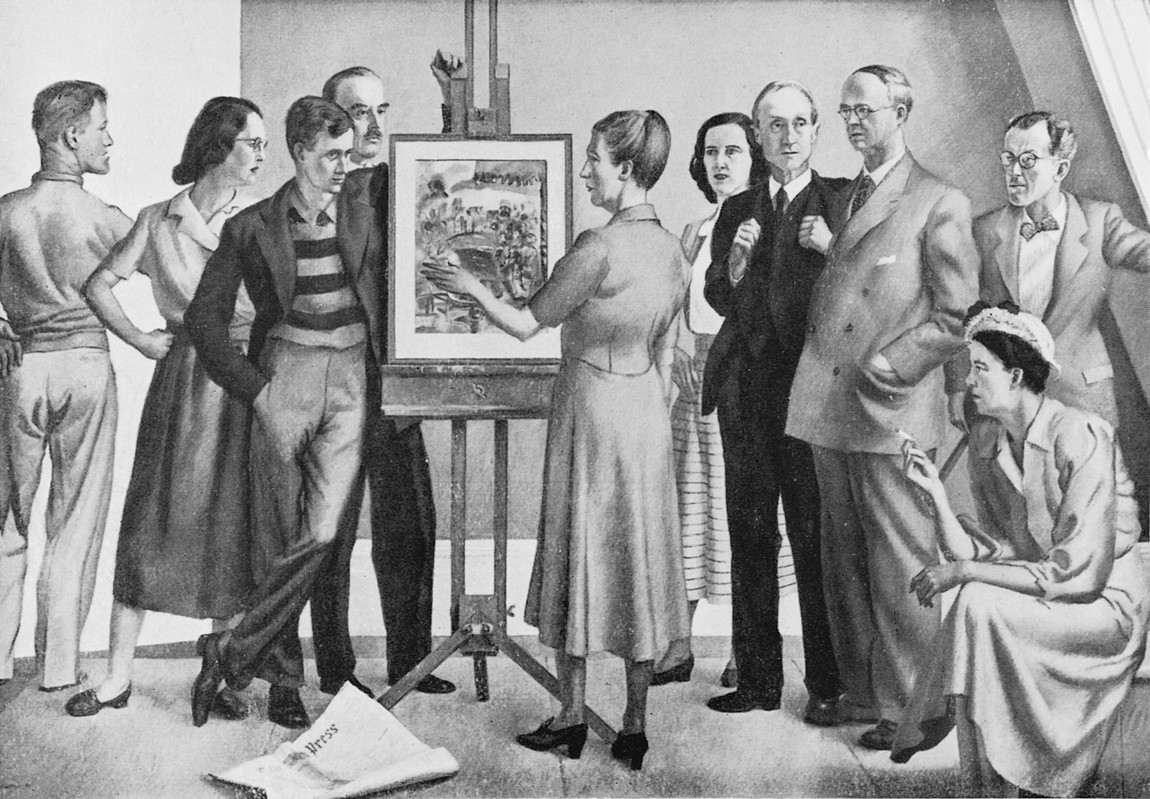
The wisdom of crowds
In recent years, crowdfunding and crowdsourcing have become big news in the arts. By providing a funding model that enables would-be-investors to become involved in the production of new works, they have altered traditional models of patronage. Musicians, designers, dancers and visual artists are inviting the public to finance their projects via the internet. The public are also being asked to provide wealth in the form of cultural capital through crowdsourcing projects. The Gallery has been involved in two online crowdfunding ventures – a project with a public art focus around our 10th birthday celebrations, and the purchase of a major sculpture for the city. But, although these projects have been made possible by the internet, the concept behind the funding model is certainly not new. The rise of online crowdfunding platforms also raises important questions about the role of the state in the funding and generation of artwork, and the democratisation of tastemaking. How are models of supply and demand affected? Does the freedom from more traditional funding models allow greater innovation? Do 'serious' artists even ask for money? It's a big topic, and one that is undoubtedly shaping up in PhD theses around the world already. Bulletin asked a few commentators for their thoughts on the matter.
Notes
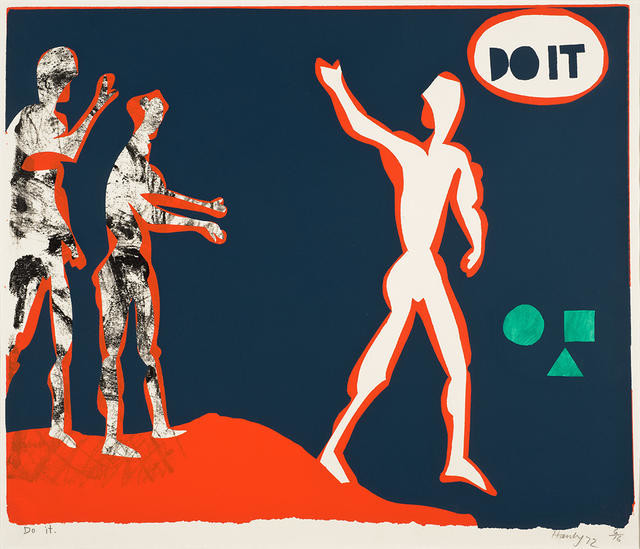
Director’s Update
With a welcome shift back to Level 2 in our collective fight against COVID-19, we are delighted to reopen our doors to visitors.
Notes
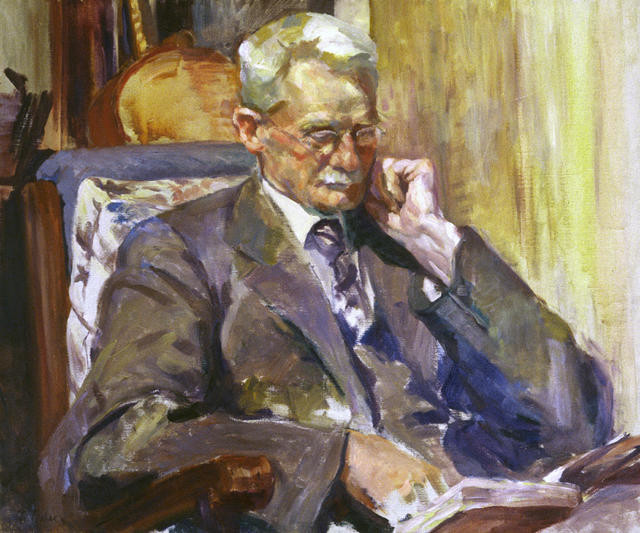
Bringing up the rear
We finish our handwashing poems with R A K Mason's Song of Allegiance, read, as was the Keats sonnet that started this series, by me.
Notes
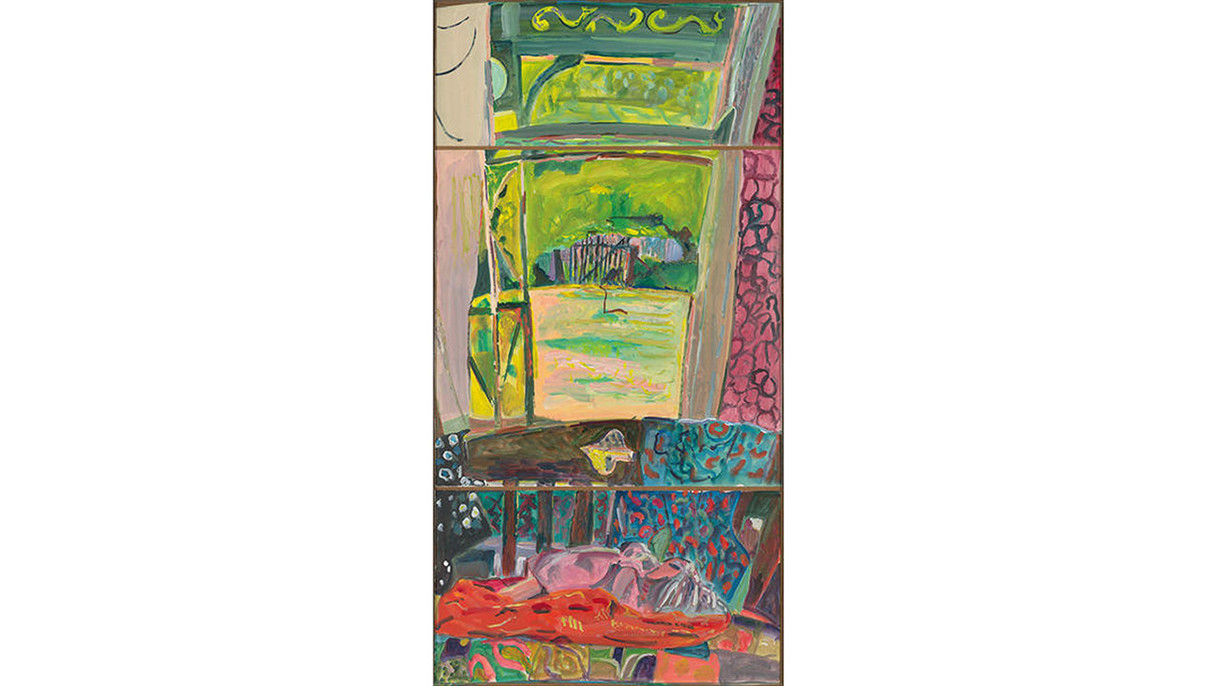
House Rules by Joanna Margaret Paul
We are delighted to present Joanna Margaret Paul's House Rules, read by its creator's daughter Magdalena Harris. Dishwasher tension will, we are sure, be familiar to all.
The poet also created the painting you see, which is called Barrys Bay: Interior with Bed and Doll.
And although it's a day after Mother's Day, let's today salute all mothers and their efforts, especially over the last few weeks.
Notes
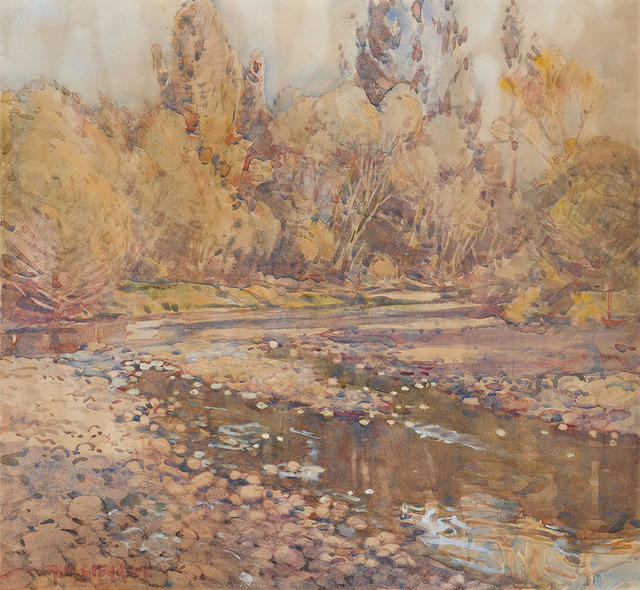
Running Water by Robyn Hyde
We don't want the poems to stop but dare we hope we are inching closer to re-opening? In the interests of playing it safe, let's keep washing our hands though, today with Visitor Host Dora Mullins and some exquisitely sad lines from Robin Hyde.
Notes
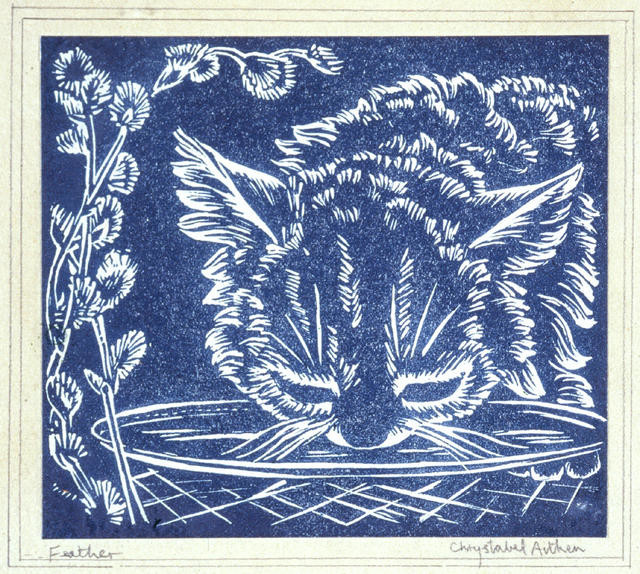
Cat in the Dark by Margaret Mahy
A beautiful poem today by Margaret Mahy, beautifully read by 10 year old Elsie Billington.
A minute of pure handwashing pleasure.
Notes
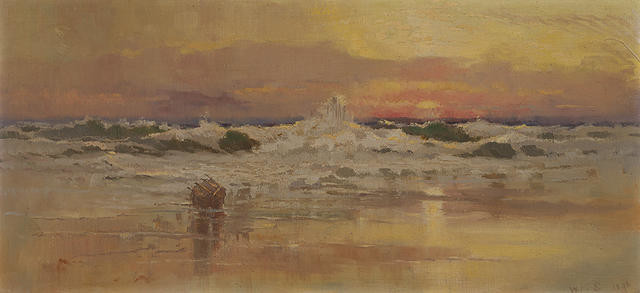
A Calm Day by Basil Dowling
Today our Graphic Designer Peter Bray reads about the sound of the ocean when the wind dies down. Only Basil Dowling puts it lot better than that in A Calm Day.
Notes
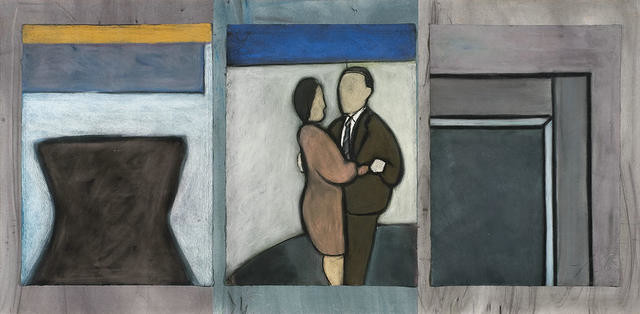
I saw her face by Robin Judkins
We've had lots of poetry responding to nature but poetry's other great theme has been absent. We put that right today with a love poem by Robin Judkins. A simple expression of love you might say, but listen right to the end and then say with confidence what happens next.
That will take a minute so your hands will be sparkling. Today's reader is Visitor Host Tim Hobbs.
Notes
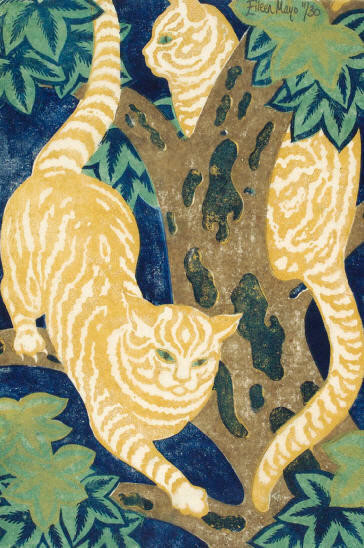
And the animals shall inherit the earth
It’s been interesting observing how nature has quietly but very quickly reclaimed the earth since we have all gone into Covid-19 lockdown. My social media timelines have been peppered with images of animals wandering where humans can’t, boars roaming in Barcelona, peacocks in Dubai, deer in Japan and schools of tiny fish in the now clear waters of Venice to name a few. Related of course are the clearing skies around the world.
Notes
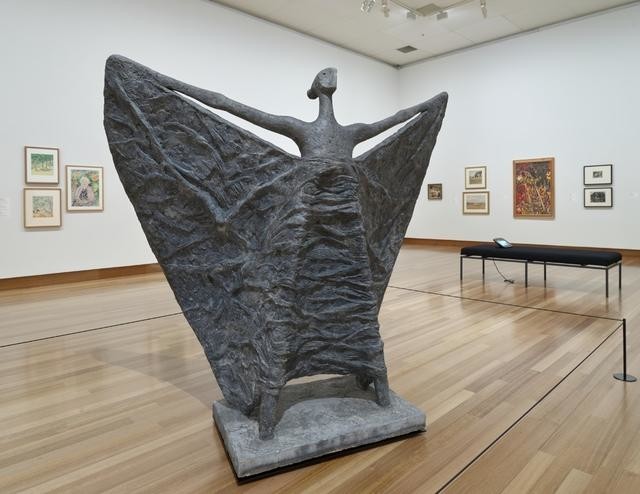
To a child dancing in the wind by W B Yeats
Today our Business Administrator Jackie Heavey reads a poem by a compatriot of hers, William Butler Yeats, in which the innocence of childhood is envied.
Yes you can now go to the beach, but keep your distance and, of course, keep washing those hands.
Notes
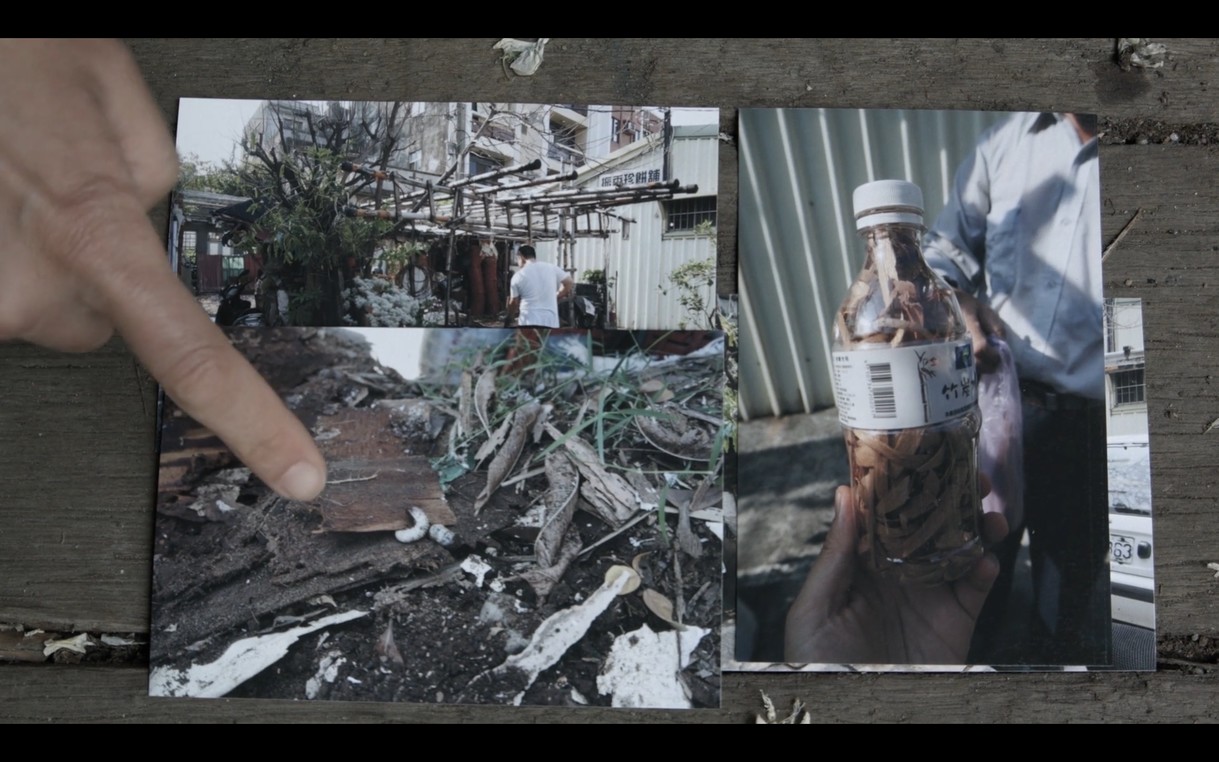
Spheres: An Online Video Project
Over the past few weeks, I have been working with fellow curator Nathan Pohio on an online video project that we’ve called Spheres. I’ve only recently joined the Gallery, so it’s been helpful to have something to focus on from home as well as a reason to be in touch with some interesting artists.
